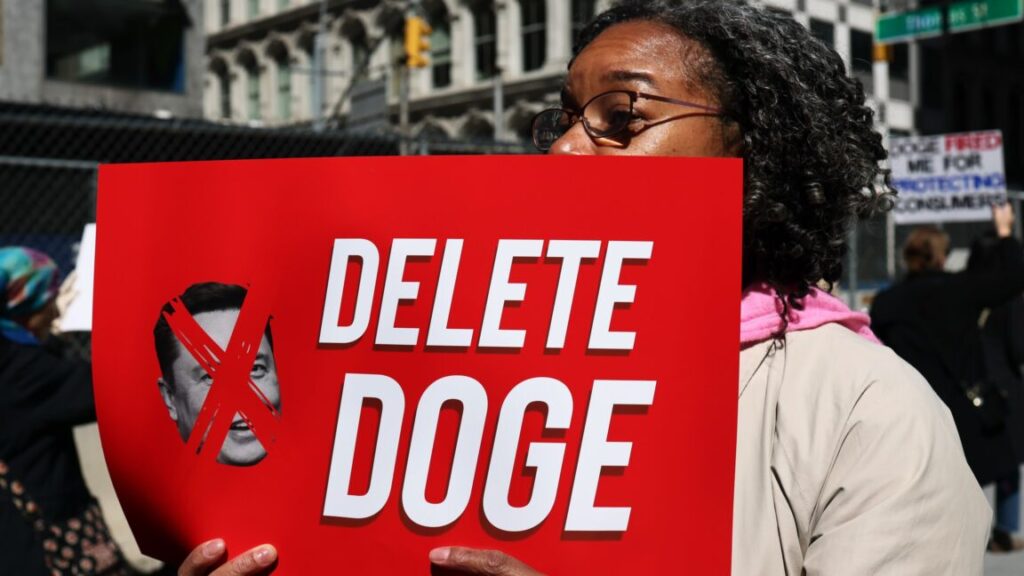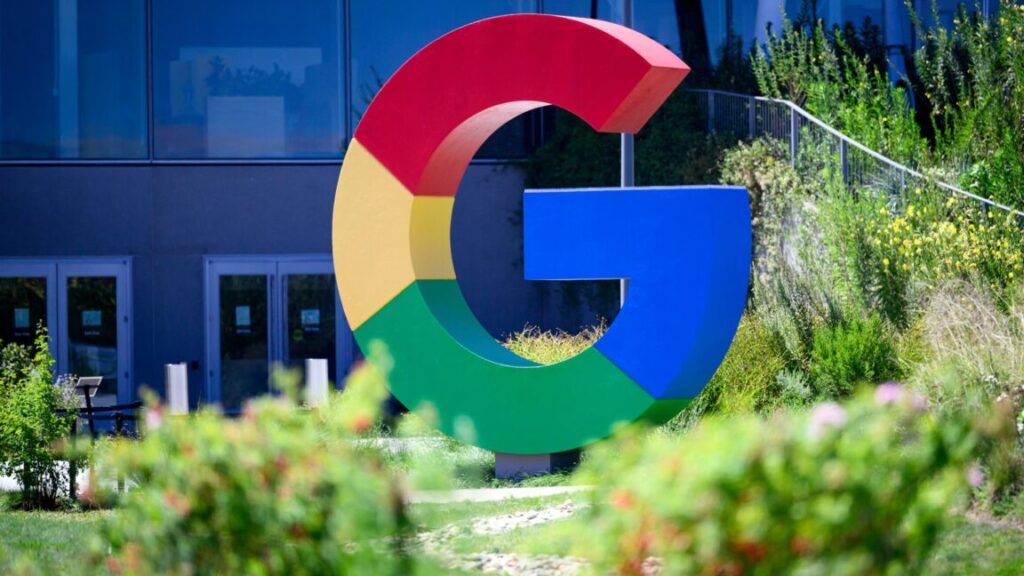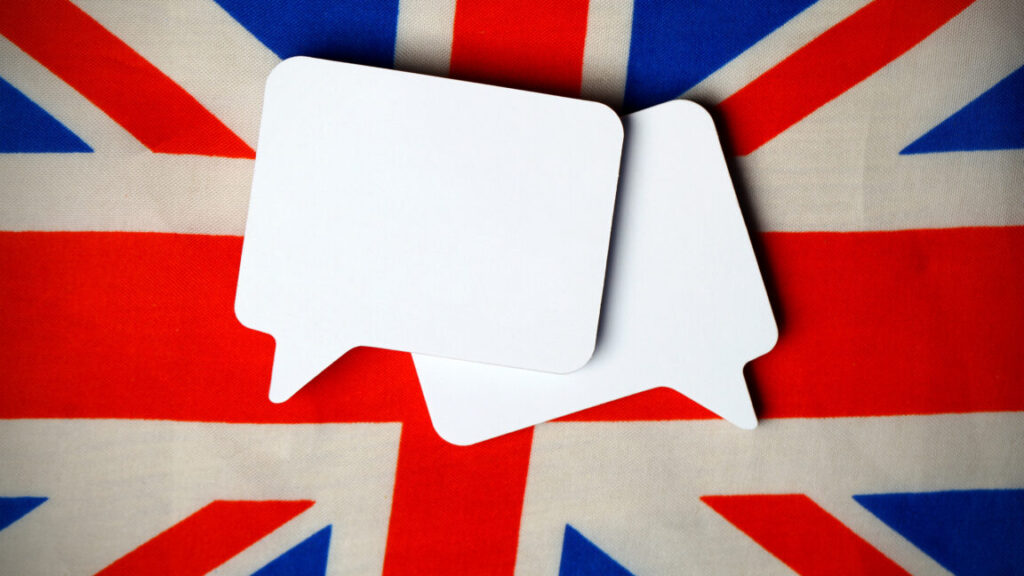FCC chairman Brendan Carr starts granting telecom lobby’s wish list
In July 2024, AT&T became the first carrier to apply for a technology transition discontinuance “under the Adequate Replacement Test relying on the applicant’s own replacement service,” the order said. “AT&T indicated in this application that it was relying on a totality of the circumstances showing to establish the adequacy of its replacement service, but also committed to the performance testing methodology and parameters established in the 2016 Technology Transitions Order Technical Appendix.” This “delay[ed] the filing of its discontinuance application for several months,” the FCC said.
Harold Feld, senior VP of consumer advocacy group Public Knowledge, said the FCC clarification that carriers don’t need to perform testing, “combined with elimination of most of the remaining notice requirements, means that you don’t have to worry about actually proving anything. Just say ‘totality of the circumstances’ and by the time anyone who cares finds out, the application will be granted.”
“The one positive thing is that some states (such as California) still have carrier of last resort rules to protect consumers,” Feld told Ars. “In some states, at least, consumers will not suddenly find themselves cut off from 911 or other important services.”
Telco lobby loves FCC moves
The bureau separately approved a petition for a waiver filed last month by USTelecom, a lobby group that represents telcos such as AT&T, Verizon, and CenturyLink (aka Lumen). The group sought a waiver of a requirement that replacement voice services be offered on a stand-alone basis instead of only in a bundle with broadband.
While bundles cost more than single services for consumers who only want phone access, USTelecom said that “inefficiencies of offering stand-alone voice can raise costs for consumers and reduce capital available for investment and innovation.”
The FCC said granting the waiver will allow providers “to retire copper networks, not only in cases where replacement voice services are available on a stand-alone basis, but in cases where those services are available on a bundled basis.” The waiver is approved for two years and can be extended.
USTelecom President and CEO Jonathan Spalter praised the FCC actions in a statement. “Broadband providers appreciate Chairman Carr’s laser focus on cutting through red tape and outdated mindsets to accelerate the work of connecting all Americans,” Spalter said.
Just like Carr’s statement, Spalter did not use the word “fiber” when discussing replacements for copper service. He said vaguely that “today’s decision marks a significant step forward in transitioning outdated copper telephone lines to next-generation networks that better meet the needs of American consumers,” and “will help turbocharge investment in advanced broadband infrastructure, sustain and grow a skilled broadband workforce, bring countless new choices and services to more families and communities, and fuel our innovation economy.”
FCC chairman Brendan Carr starts granting telecom lobby’s wish list Read More »













